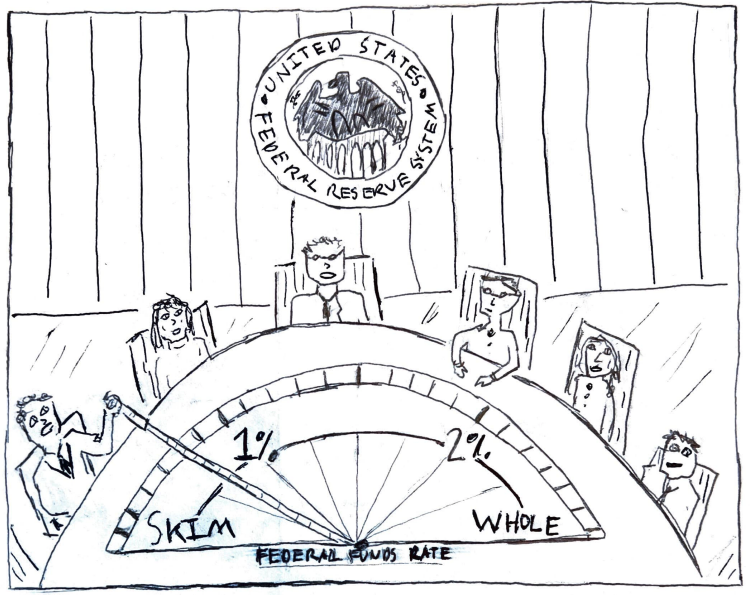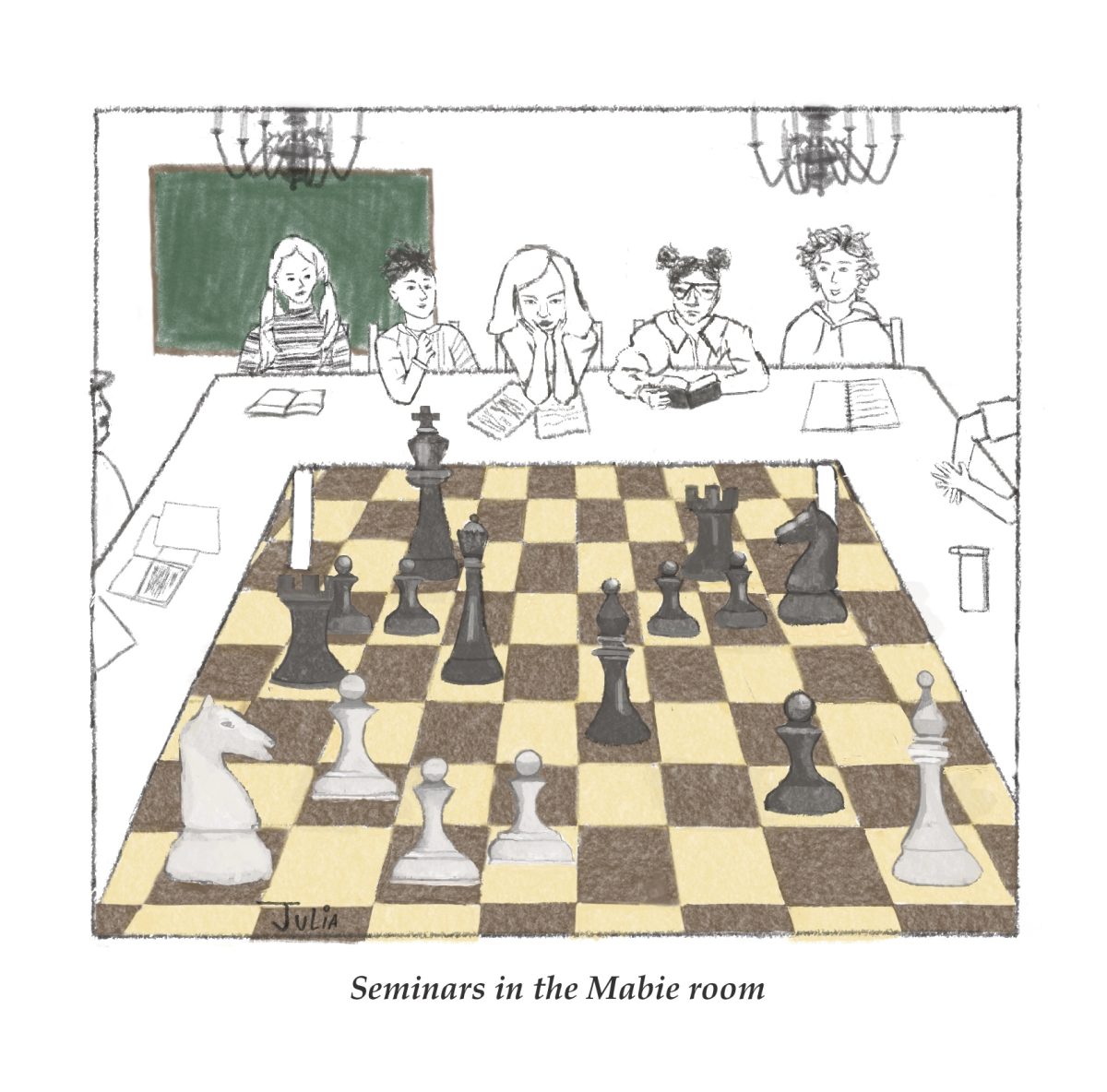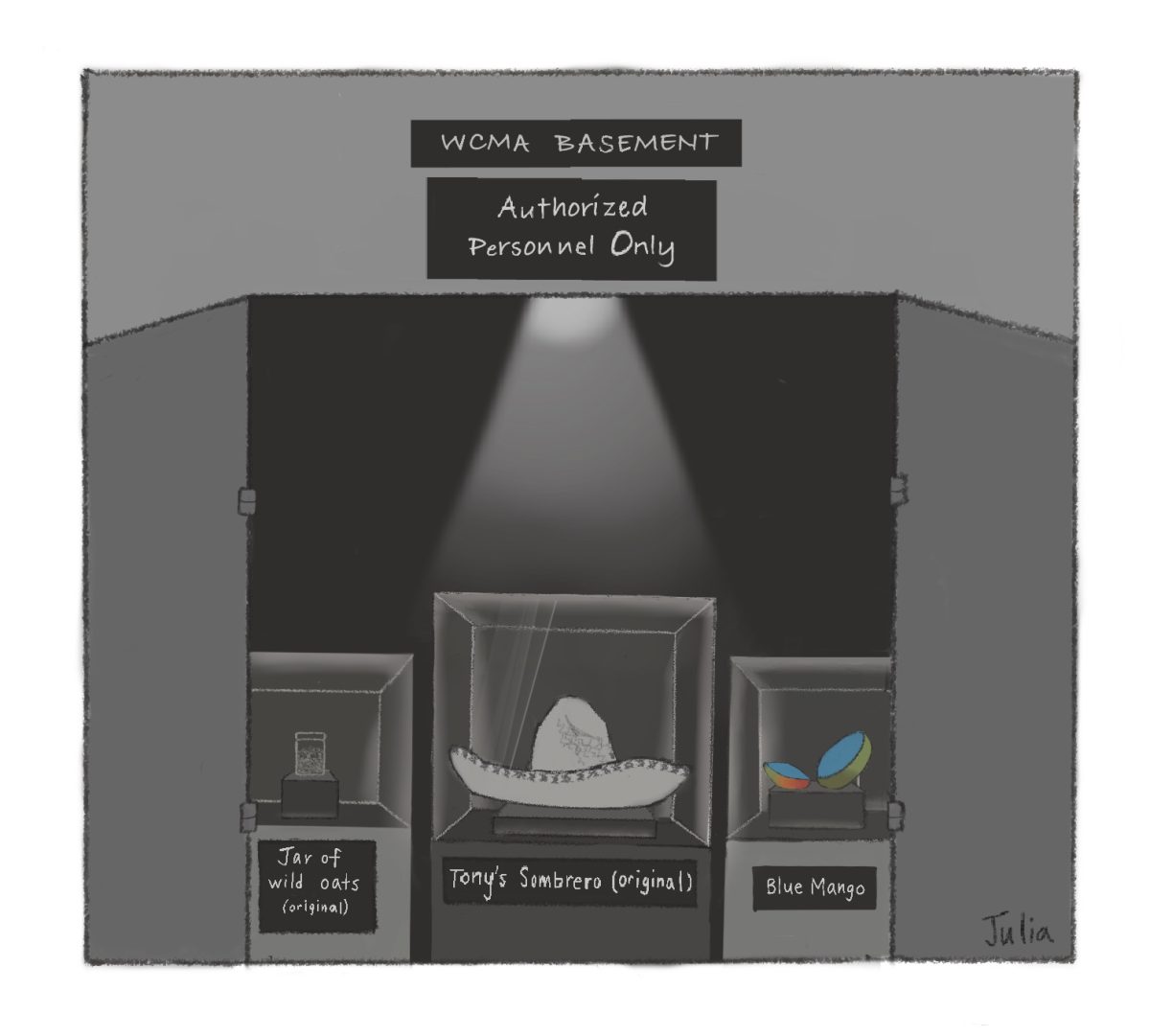On Nov. 4, our community received an email from President Maud S. Mandel about incidents of bias that recently took place on our campus. In one series of incidents, Black students became the target of threatening slurs and objects were thrown at them. Another incident involved the antisemitic vandalism of a table in Frosh Quad.
“As a community we must and will reject any effort to intimidate, harass or threaten people,” Mandel wrote at the conclusion of her message. “While the administration takes steps to address the incidents themselves, we need to help each other, too. Williams at its best can be a deeply attentive, caring community. I invite everyone to pull together now and look out for each other, in all the ways we know how.”
Some may have read the last sentence as a throw-away line — an attempt at being diplomatic or soothing. I took it seriously.
One of the things that makes the College different from larger universities or colleges located in urban or suburban areas is our capacity and our need to look out for each other: To notice when members of our community have been harmed, to take their experiences seriously, and to tend to their needs.
Thanks to the excellent work of those in the Office of Institutional Diversity, Equity, and Inclusion, we have valuable resources that can help us to respond to instances of bias when they occur.
But it cannot be done alone. In addition to caring for each other, each of us must take news of incidents of bias seriously and understand that an attack — be it verbal, physical, vandalism, or graffiti — touches our entire community. It requires each of us to be resolute in speaking out and standing against it.
It also requires each of us to deepen our understanding of how different kinds of biases manifest themselves, their etiology and history, and how they impact those targeted. As residents of this country and members of the campus community, each of us must have a basic understanding and working knowledge of the different kinds of bias that each member of our community may face. It is an ongoing process and one that requires constant attention. We are fortunate to have distinguished scholars teaching classes that can help us learn about the particular histories and ideologies of bias. And, most of all, we can learn from the experiences of our fellow community members.
According to my colleagues at T’ruah: The Rabbinic Call for Human Rights, antisemitism is “hostility, prejudice, hatred, or violence against Jews as Jews.” Antisemitism draws on a pool of stories and tropes about Jews that get pulled to the surface at different times and places. Common antisemitic tropes are that Jews are evil or inhuman, are disloyal, wealthy, and greedy — that Jews are powerful puppet-masters who cause war, disease, or who otherwise impose their will on those less powerful or aware.
Sometimes, it is easy to identify antisemitic acts, such as the explicit graffiti we saw on campus last week, some of the language that appeared on campus buildings on Monday night, and incidents such as the recent attacks on two Jewish students in Chicago as well as the attacks on Israelis in Amsterdam.
At times, it can be hard to determine what exactly antisemitism is. What counts as antisemitism can be contested since its boundaries are the subject of debate, especially as we consider if and when criticism of the State of Israel and its policies can be antisemitic. In addition, when the term “Zionist” is used pejoratively, it is frequently experienced as an aggressive slur against Jews.
Today, there are two major definitions of antisemitism: the one promoted by the International Holocaust Remembrance Alliance that tends to consider criticism of Israel and Zionism as antisemitic, and the one known as the Jerusalem Declaration on Antisemitism, which acknowledges that not all criticism of Israel is antisemitic in nature. A third document, promoted by the Nexus Project, seeks to resolve tensions between these two. All are worth exploring in order to gain a deeper understanding of how antisemitism manifests itself. I’d especially recommend “A Very Brief Guide to Antisemitism” published by T’ruah, which lays out some of the most important arguments and which offers a nuanced and thoughtful approach to this particular form of bias.
In addition to deepening our understanding of multiple forms of bias, another critical step we can take is to develop and deepen partnerships and collaborations. This past Friday, I was delighted to sit down to Shabbat dinner co-hosted by the Black Student Union with the Williams College Jewish Association at the Jewish Religious Center. The very act of being together, developing friendships, and sharing our unique experiences is one of the most important things we can do to develop a sense of solidarity among minority groups.
We have a shared responsibility to work together to combat the hate that targets marginalized groups in each and every form that it takes. We have a responsibility to name it, bring attention to it, and gently educate each other when there is a lack of understanding. This is a part of the responsibility each of us has to create an environment that condemns expressions of hate. It is my hope and prayer that we can do this, each in our own way, as we seek to build a truly supportive community.
Rabbi Seth Wax is the College’s Jewish Chaplain.






